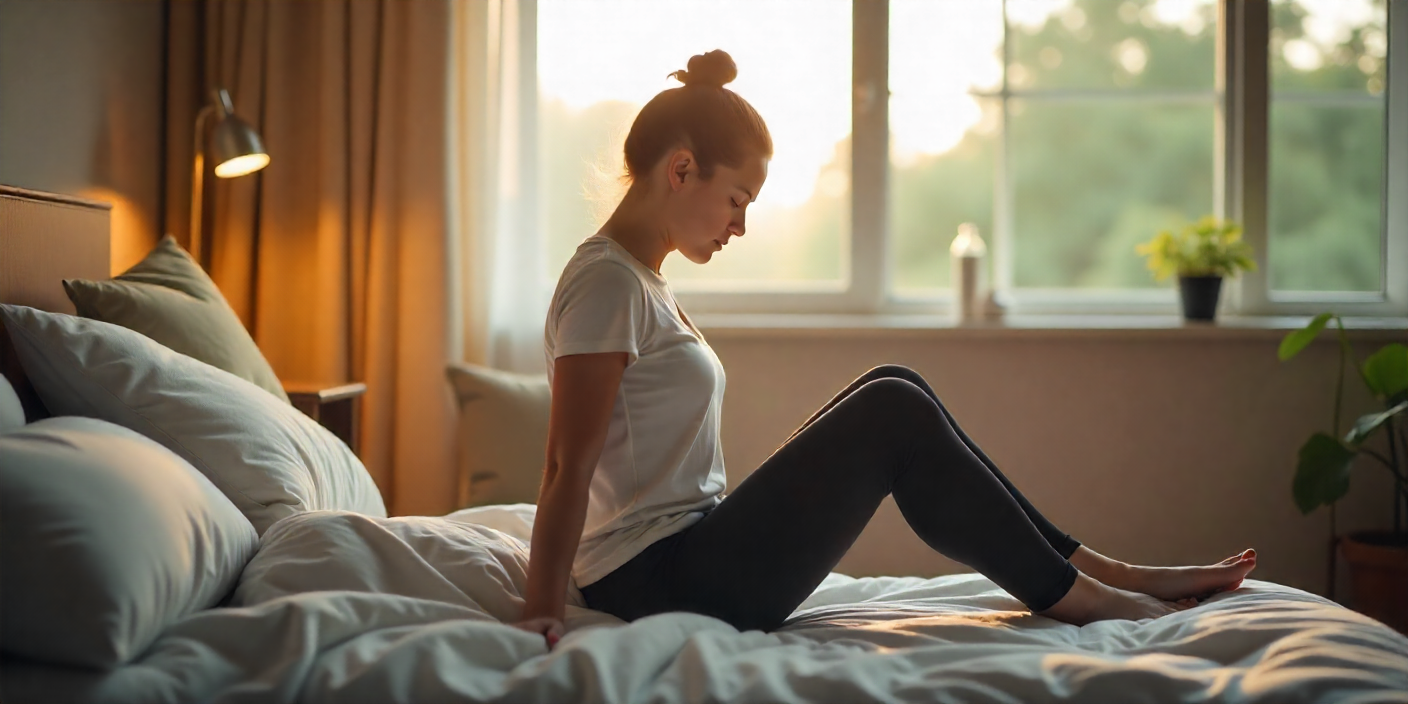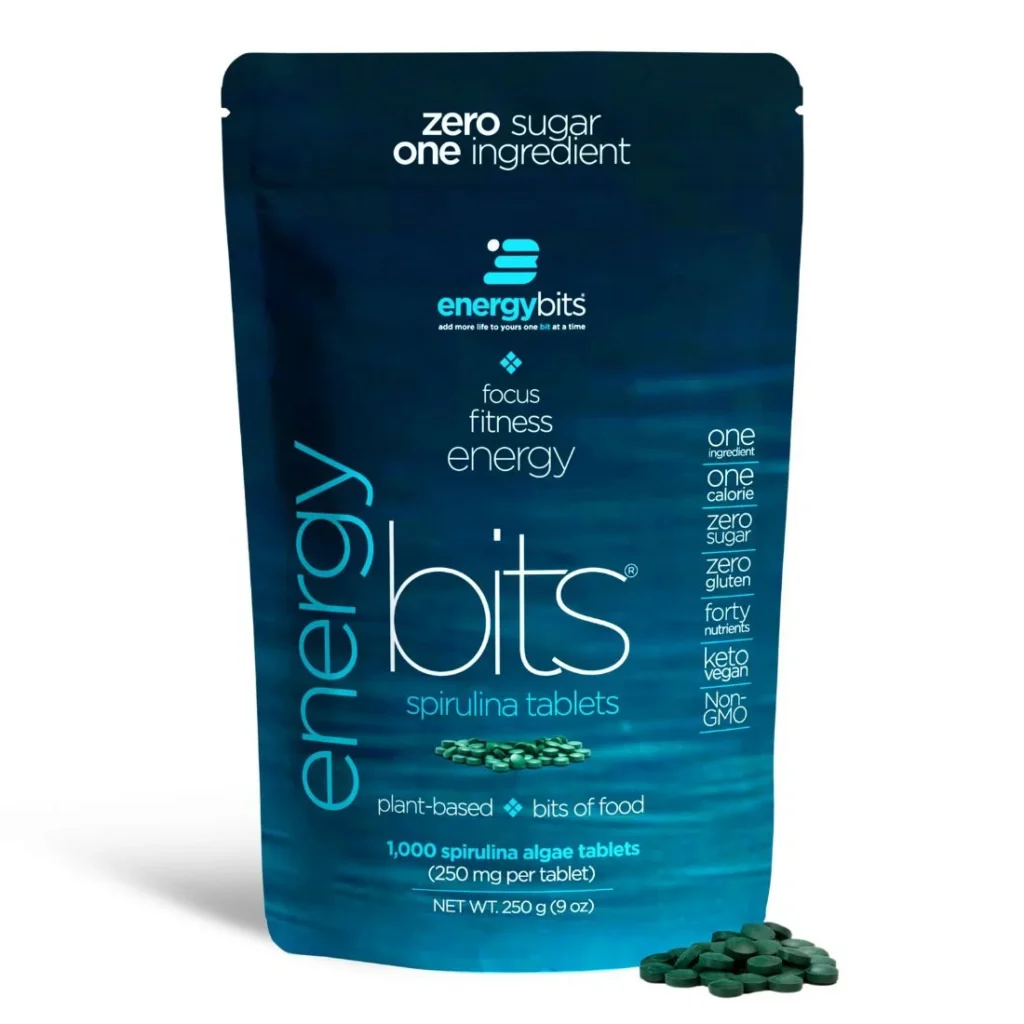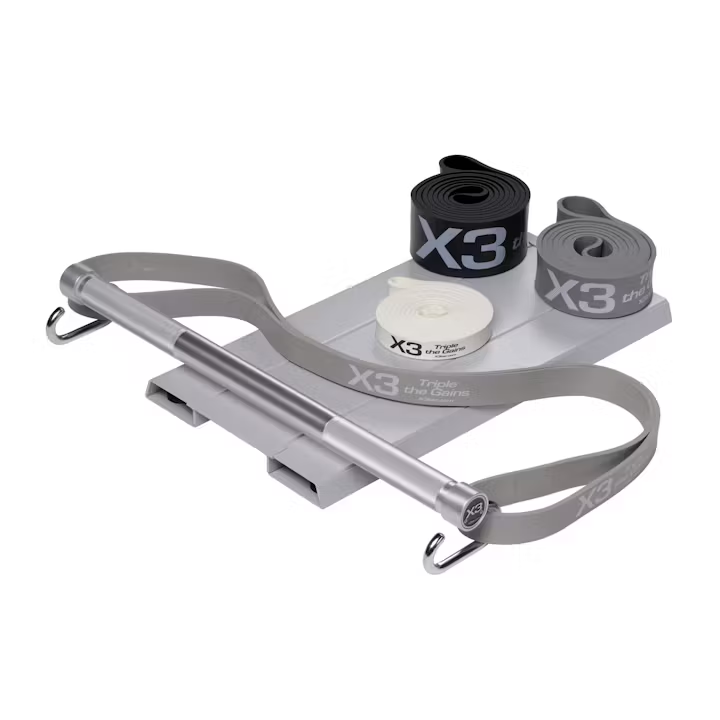Sciatica pain—sharp, burning, or radiating discomfort from the lower back down the leg—can be debilitating. Often caused by a herniated disc, spinal stenosis, or piriformis syndrome, sciatica occurs when the sciatic nerve gets compressed or irritated.
The good news? You don’t always need expensive treatments for relief.
In this guide, we’ll cover:
✔ 5 free at-home exercises to reduce sciatic nerve pain
✔ Best sleeping positions to ease pressure
✔ How posture affects sciatica (plus quick fixes)
✔ The role of magnesium & hydration in nerve function
What Causes Sciatica?
The sciatic nerve (the longest in your body) runs from your lower spine down each leg. When compressed or inflamed, it triggers:
- Shooting pain (buttock to foot)
- Numbness or tingling
- Weakness in the leg
Common causes include:
- Herniated/bulging disc (most frequent culprit)
- Spinal stenosis (narrowing of spinal canal)
- Piriformis syndrome (tight muscle pinching the nerve)
- Poor posture & prolonged sitting
5 Free At-Home Exercises for Sciatica Relief
Knee-to-Chest Stretch
- How to do it: Lie on your back, pull one knee toward your chest, hold for 30 sec.
- Why it works: Releases tension in the lower back.
Sciatic Nerve Glide (Seated Slump)
- How to do it: Sit tall, extend one leg, flex foot, gently lower chin to chest.
- Why it works: Mobilizes the sciatic nerve, reducing stiffness.
Piriformis Stretch (Figure-4 Stretch)
- How to do it: Lie on your back, cross one ankle over the opposite knee, pull thigh toward chest.
- Why it works: Loosens the piriformis muscle, which can compress the nerve.
Cat-Cow Stretch
- How to do it: On hands and knees, alternate arching and rounding your back.
- Why it works: Improves spinal mobility and reduces nerve pressure.
Standing Hamstring Stretch
- How to do it: Place one foot on a chair, keep leg straight, hinge forward slightly.
- Why it works: Tight hamstrings worsen sciatica—this helps lengthen them.
Pro Tip: Do these daily for 5–10 minutes for best results!
Best Sleeping Positions for Sciatica
- Fetal Position (Side Sleepers): Place a pillow between knees to align hips.
- Back Sleepers: Put a pillow under knees to reduce spinal pressure.
- Avoid Stomach Sleeping: Twists the spine, aggravating nerve pain.
Posture Fixes to Prevent Sciatica Flare-Ups
- Sitting: Keep feet flat, knees at 90°, use lumbar support.
- Standing: Distribute weight evenly, avoid locking knees.
Lifting: Bend knees, keep back straight, hold objects close.
The Role of Magnesium & Hydration
Magnesium
A natural muscle relaxer that reduces nerve inflammation.
- Food sources: Spinach, almonds, pumpkin seeds
- Supplement option: Magnesium glycinate (200–400 mg/day)
Hydration
Dehydration worsens muscle cramps & nerve pain.Daily target: Drink half your body weight (lbs) in oz
(e.g., 150 lbs = 75 oz/day)
When to Seek Professional Help?
If pain persists after 2–4 weeks of home care, consult a specialist for:
✔ Spinal adjustments (if misalignment is the cause)
✔ Personalized rehab exercises
✔ Advanced pain management optionsFor tailored sciatica treatment plans, consider booking a consultation for expert.
Final Thoughts
Sciatica doesn’t have to control your life. With consistent stretching, posture fixes, and proper hydration, you can reduce pain naturally.
Need more support? Explore our wellness resources for deeper insights on nerve health and mobility.






















